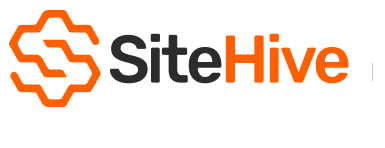SiteHive Enviro Pro - Overview
Upgrade your capabilities with SiteHive Enviro Pro, ensuring that each Hexanode Device not only receives the standard SiteHive Enviro Software capabilities but also gains access to advanced features such as event management, attended measurements, stakeholder coordination, sophisticated reporting, and seamless integration of third-party devices. This enhancement caters to more complex requirements, offering a comprehensive solution for your environmental management needs.
If this is your very first time using the SiteHive Enviro Pro software - it's best to visit the SiteHive Enviro - Start Here page to get familiar with the software in general.
Explore SiteHive Enviro Pro Features
Attended Measurements for field data
Connect your own devices with Integrations
